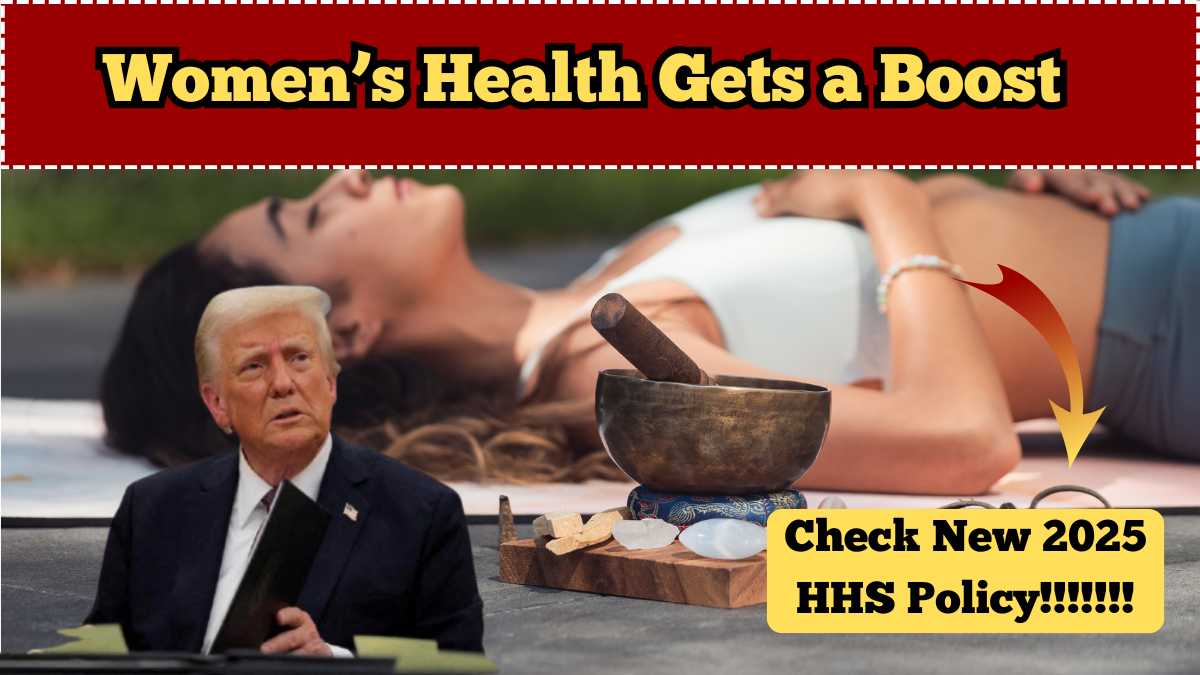In 2025, women’s health in the United States has taken a transformative leap forward thanks to the newly implemented HHS reform. This policy overhaul directly enhances access to both birth control and prenatal access, particularly for low-income and rural populations. With reproductive rights and healthcare access being central to national discussions, this new direction is already making a tangible difference in the lives of millions of American women.
The Department of Health and Human Services (HHS) has focused this year’s reform on preventive care, ensuring that reproductive and maternal health support is more affordable, accessible, and widely available through state and federal health programs.

Key Features of the 2025 Women’s Health Policy
The new HHS reform addresses several longstanding challenges in women’s health care access. The most notable improvements include:
-
Free birth control options expanded under Medicaid and ACA-compliant insurance plans
-
Rural expansion clinics providing free prenatal access
-
Reduced waiting periods for OB-GYN appointments in public health facilities
-
Streamlined digital booking platforms for maternity-related care
With the 2025 upgrades, women can now seek prenatal access without out-of-pocket fees in many parts of the country. These updates align with ongoing federal goals to reduce maternal mortality and improve early detection of pregnancy-related complications.
Birth Control Access: A Game-Changer
One of the most celebrated aspects of the HHS reform is the extension of fully covered birth control across both private and public healthcare networks. Women under all insurance brackets are now guaranteed a wider range of contraceptive options with:
-
No co-pay requirements
-
Access to generic and name-brand contraceptives
-
Over-the-counter birth control pills made available at federally subsidized clinics
This change is especially significant for young women, students, and underserved communities who previously faced limited access to affordable birth control options.
Improved Prenatal Access for All
Early-stage maternal care has long been a challenge for women without comprehensive coverage or those living in remote regions. Thanks to the 2025 HHS reform, prenatal access is no longer a luxury. The policy ensures:
-
Expanded maternal care services through telehealth
-
Free ultrasounds and nutritional support in high-need areas
-
More frequent prenatal checkups covered by Medicare and Medicaid
These changes reinforce the government’s commitment to improving women’s health and child wellness outcomes across demographics.
What the Reform Means for American Women
This renewed focus on women’s health signals a national shift toward inclusive, accessible care. Whether you’re managing family planning or expecting a child, the federal commitment to expanding birth control and prenatal access is a win for public health.
Women can now access vital services with fewer financial and logistical barriers, while healthcare providers are better equipped to offer timely, quality care. The 2025 HHS reform is not just policy—it’s progress.
FAQs
What is the main focus of the 2025 HHS reform?
The HHS reform centers on expanding access to birth control and prenatal access for women across the country.
Is birth control now free in the U.S.?
Yes, most birth control methods are now fully covered under insurance without co-pays, including over-the-counter options.
Who benefits most from these women’s health reforms?
Low-income women, rural residents, and those with limited insurance coverage gain the most from these updates to women’s health care.
What prenatal services are covered under the new policy?
The HHS reform includes free checkups, ultrasounds, and maternal nutrition support for enhanced prenatal access.
How does this reform impact long-term women’s health outcomes?
By improving early intervention, education, and service coverage, the policy strengthens national women’s health benchmarks in 2025.
Click here to know more.
